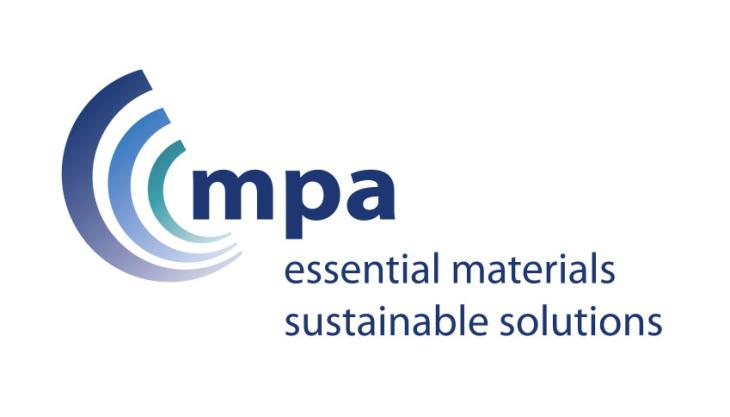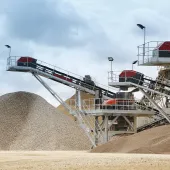
Data for 2016 affirm mineral products sector’s commitment to action and increased transparency
THE Mineral Products Association (MPA) has published its 2016 Sustainable Development (SD) Performance Summary, which demonstrates the mineral products industry’s commitment to action on sustainability and evidence based reporting. The report affirms the sector’s commitment to action and increased transparency.
Key highlights include:
- Lost Time Injury frequency rate – MPA members’ LTI frequency rate deteriorated slightly from 3.25 to 3.79. This was coupled with five fatalities of four employees and one contractor recorded in 2015, indicating a clear need to continue focusing on the industry’s hard target of Zero Harm.
- Public safety – The focus on public safety around active operations, on disused sites and in the transportation and use of products has increased.
- Recycled and secondary aggregates – The recycled and secondary aggregates share of the GB market remained high and is estimated to represent 28% of the market, nearly three times higher than the average market share in Europe.
- Airborne emissions – There has been a sustained and significant reduction in airborne emissions from cement plants since 1998 and 2015 saw the continuation of this trend.
- Operational carbon dioxide emissions – There was a general improvement in operational carbon dioxide emissions from the majority of products, except cement.
- Local supply chains – Average road delivery distance for aggregates was 35 miles, asphalt 27 miles and ready-mixed concrete 7 miles.
- Rail freight – Rail freight remains highly significant for the sector, accounting for 10% of aggregates and 28.4% of cement (aggregated with water) representing over 20 million tonnes.
- Marine dredged aggregates – Marine-dredged aggregates landings increased again to 13.2 million tonnes in 2015, dredged from 82.7 square km of the UK seabed, less than 0.01% of the total UK seabed.
- Quarry restoration and biodiversity – There was further progress on quarry restoration and biodiversity, with MPA recording an additional 469ha of land restored to priority habitat and a further 2,748ha planned for future priority habitat creation.
- Certified environmental management systems – 100% of cement sites and 92% of aggregates quarries surveyed reported that they operated with certified environmental management systems.
Nigel Jackson, chief executive of the MPA, said: ‘Industry sustainability data for 2015 shows good progress in many areas, particularly on recycling, emissions, logistics, quarry restoration and biodiversity and environmental management.
‘However, the slight deterioration in Lost Time Incident rate coupled with five fatalities justifies the achievement of Zero Harm remaining the top priority of the industry. These results heightened the need for further urgent action to be taken in improving future health and safety performance. Subsequent reports will indicate action taken and the results achieved.’
Download the summary report below.









